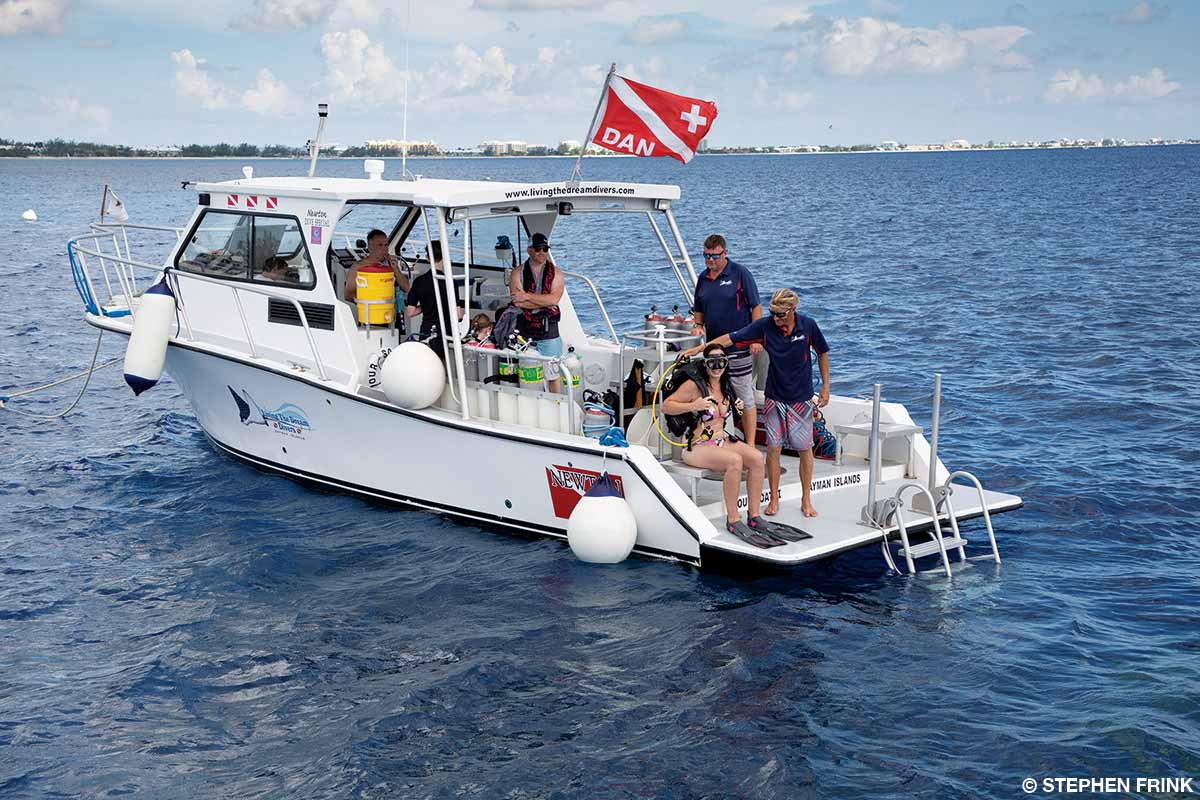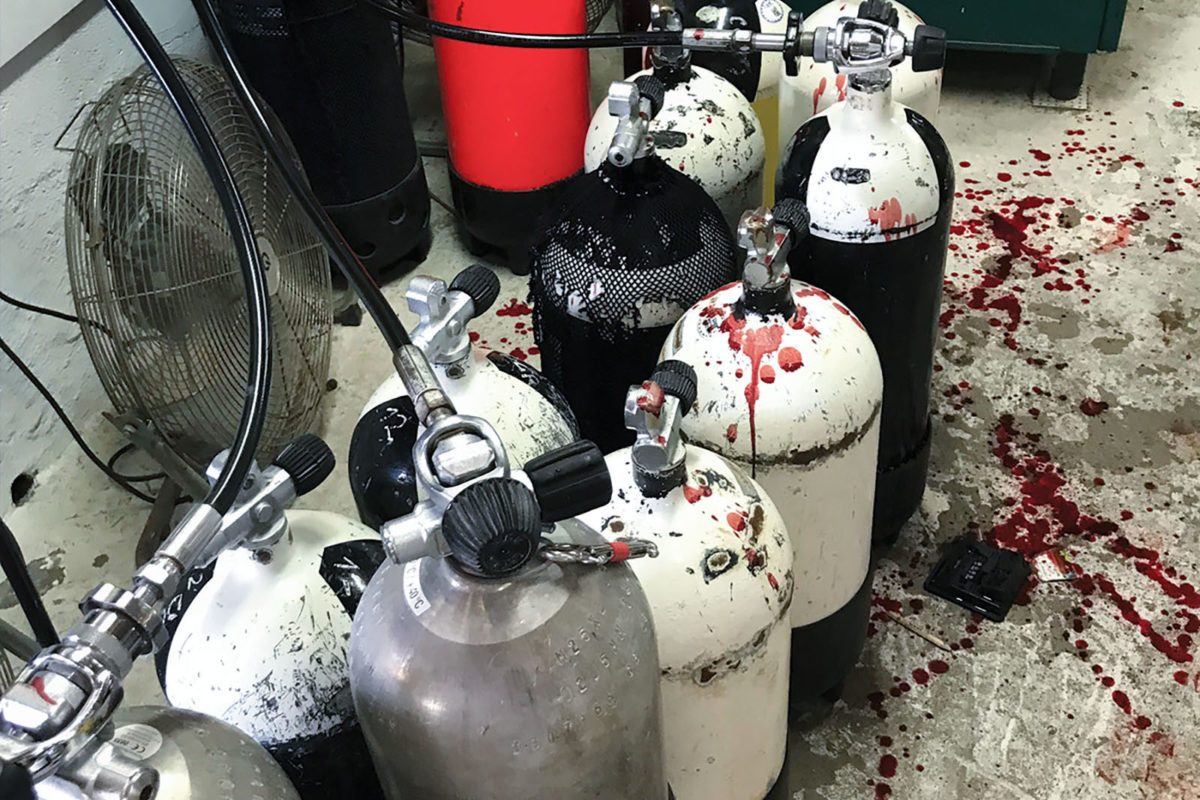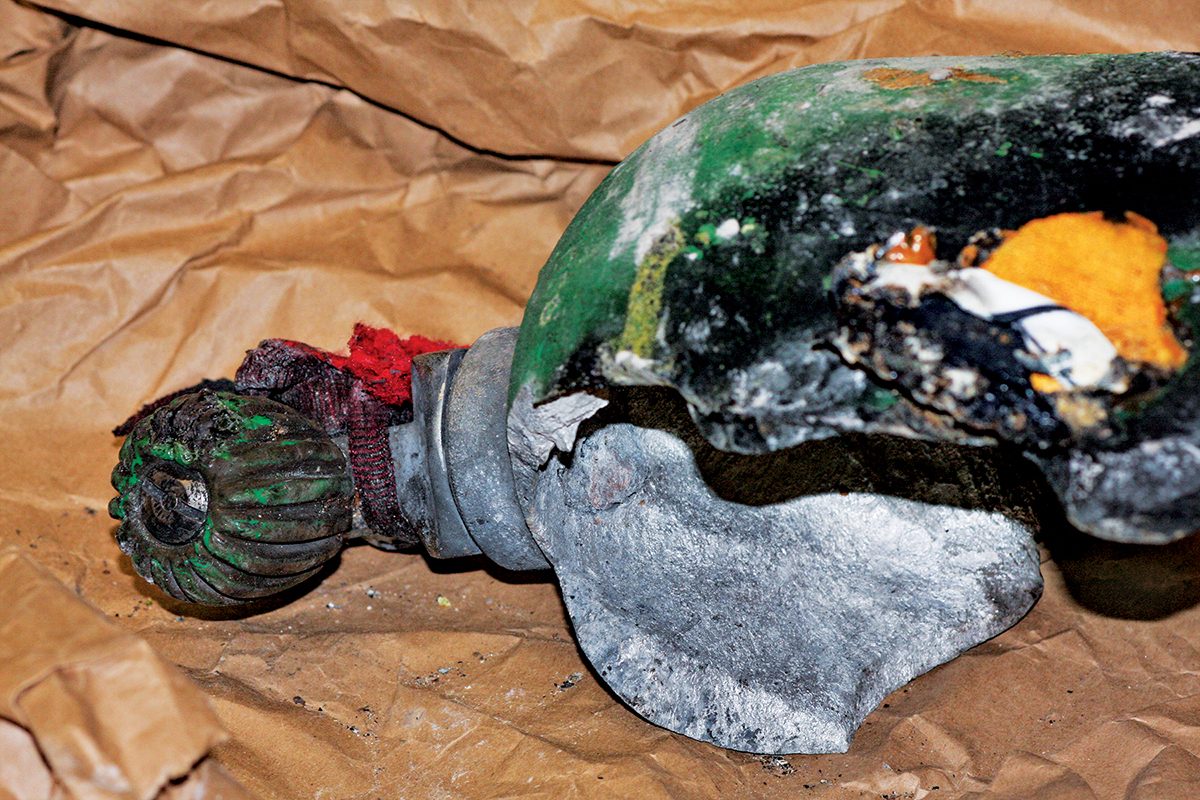The first step in ensuring the safety of staff, divers and the public is to develop a detailed awareness of the real risks present in all operations performed by dive businesses and professionals. DAN® has produced a brief guide for anyone responsible for safety. The guide offers an introduction to identifying and understanding 17 of the most common areas of concern. These potential incident sources highlight the kinds of considerations that need attention and help operators to better understand how they might apply this knowledge to their businesses.
PEOPLE WHO HAVE FILLED scuba cylinders, refilled oxygen cylinders, or boosted a gas mix are familiar with using flexible hoses. Some hoses are covered with a durable rubber or thermoplastic jacket, while others appear even sturdier with a braided stainless-steel mesh on the outside. Correctly specified hoses are rated to pressures of up to 6,000 […]
FIRES IN COMPRESSED OXYGEN EQUIPMENT are rare, even though we hear about life-threatening accidents — a rebreather fire, an emergency oxygen regulator accident, or a gas blending system fire. Several key questions arise …
IN THE PREVIOUS ARTICLE, we settled on the recommendation that equipment used to control any breathing gas mix containing 25 percent oxygen and above at typical scuba cylinder pressures should be designed and considered suitable for oxygen use. Possible debates aside, we’ll examine what oxygen cleaning means. How often should gear be oxygen cleaned, and […]
DAN INTRODUCED THE FIRST standardized emergency oxygen course for divers as lay providers in 1991. More people trained in oxygen delivery means that providers in dive locations worldwide need to have emergency oxygen units available. Obtaining oxygen refills, however, is an ongoing problem …
Le Divers Alert Network (DAN) gère un réseau mondial de caissons de recompression, qui consiste en une base de données de tous les caissons hyperbares ayant la capacité et la volonté de traiter les plongeurs blessés.
Une erreur de concordance entre un robinet et une bouteille a récemment entraîné une issue fatale en Europe. Ce problème peut être évité grâce à une formation formelle, spécifique à la fonction, et à une compréhension de base des robinets de bouteilles de plongée et des filetages de bouteilles.
LES TROIS GAZ GÉNÉRALEMENT utilisés en plongée récréative et technique sont l'oxygène, l'azote et l'hélium. L'azote est le plus abondant et est généralement le gaz par défaut, mais personne ne semble se préoccuper de sa pureté, bien que la Compressed Gas Association (CGA) des États-Unis fournisse des niveaux de pureté, ou grades, pour diverses applications.
AFTER THE INITAL SCARE AND LOCKDOWNS FROM COVID-19, divers soon started to explore ways to safely get back into the water. Disinfection has always been a consideration in diving, but we needed new standards to allay fears of uncontrolled transmission of infectious diseases.
On Sept. 2, 2019, the small passenger vessel Conception burned to the waterline off Santa Cruz Island, California, killing 34 people. This wasn’t the first liveaboard fire, but the fearful reactions to this deadly tragedy echoed throughout the scuba industry. Liveaboard fires that have occurred since this incident have further fueled industry concerns.



